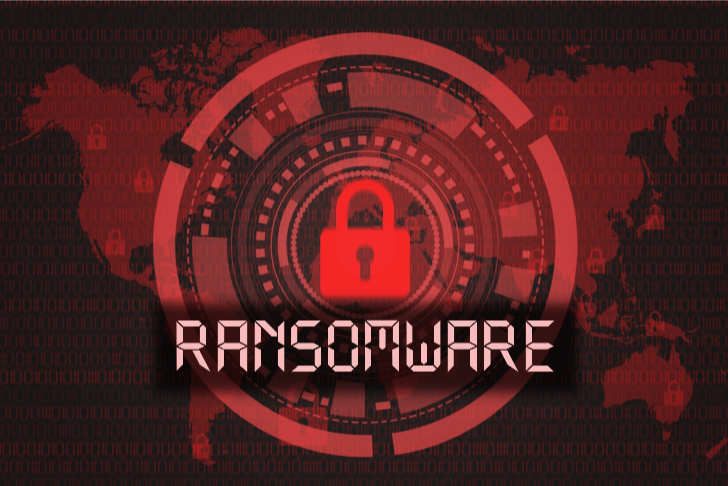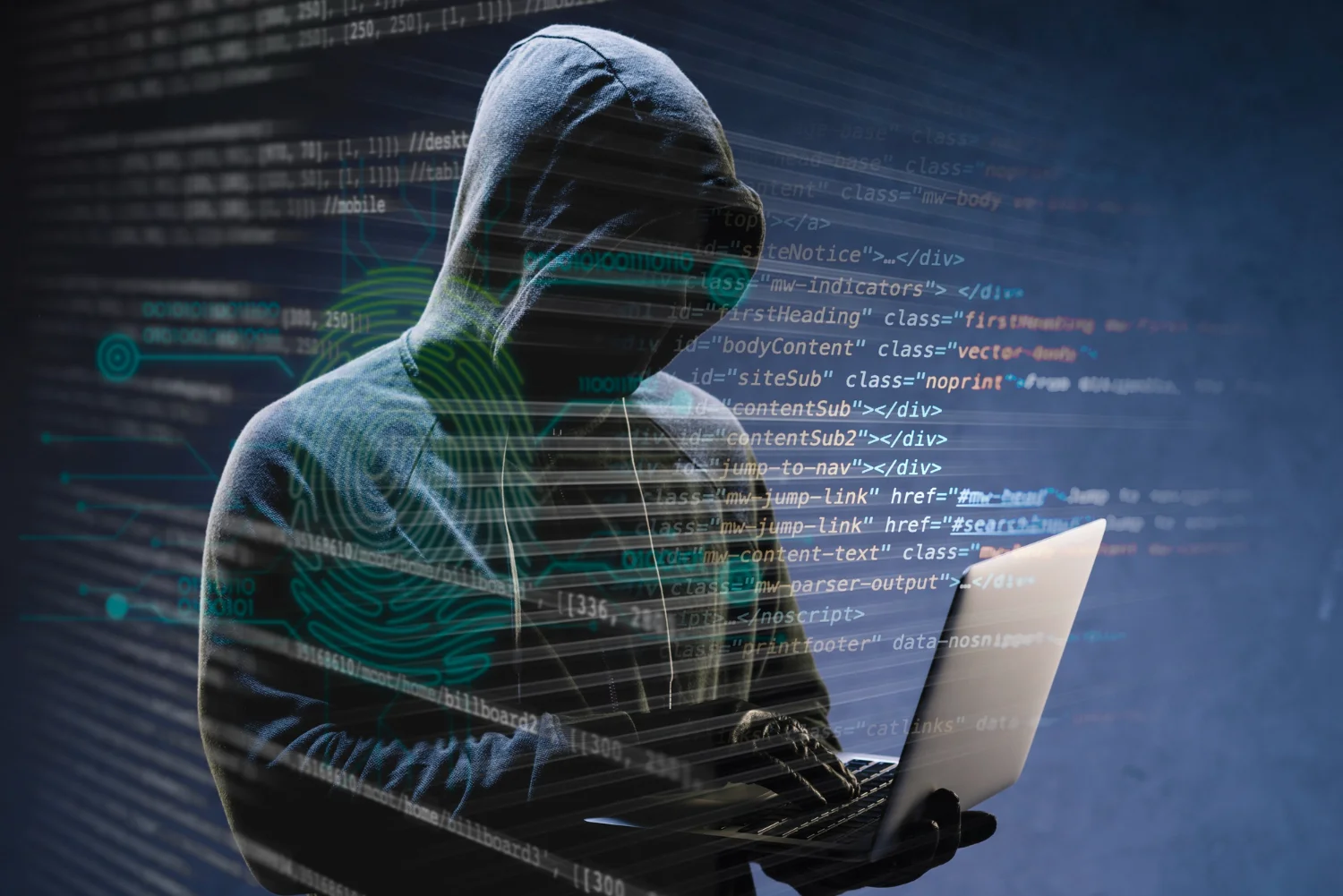You may recall the Colonial Pipeline ransomware attack, which made headlines in May 2021. Colonial Pipeline, an essential oil transportation system based in Houston, Texas, was built in 1962 to carry fuel from the Gulf of Mexico to the East Coast.
On May 6, 2021, a major ransomware attack targeted the pipeline’s computerized operations, forcing a shutdown that disrupted fuel supply across the region. The attack posed a significant national security threat, as the pipeline delivers nearly half of the East Coast’s fuel. The crisis prompted swift action from the White House, with President Joe Biden declaring a state of emergency.
Spanning about 5,500 miles from Texas to New Jersey, Colonial Pipeline plays a crucial role in the nation’s energy infrastructure. This blog delves into the Colonial Pipeline ransomware attack details and its widespread impact.
What is the Colonial Pipeline Ransomware Attack?
The Colonial Pipeline ransomware attack is the most significant publicly declared cyber attack against essential infrastructure in the U.S.
The attack unfolded in multiple stages, targeting Colonial Pipeline’s I.T. systems. This large-scale ransomware attack compromised the pipeline’s operational technology systems responsible for moving oil.
It began when a hacker group called DarkSide gained access to the Colonial Pipeline network. Within two hours, the attackers stole 100 gigabytes of data. In addition to the data theft, the hackers infected the I.T. network, affecting numerous computer systems, including accounting and billing.
To prevent the ransomware from spreading, the company shut down the pipeline. They brought in the security investigation firm Mandiant to investigate the attack and notified the FBI, the Cybersecurity and Infrastructure Security Agency, the U.S. Department of Energy, and the Department of Homeland Security.
Despite these efforts, Colonial Pipeline paid a ransom of $4.4 million to the DarkSide hackers for the decryption key, allowing its I.T. staff to regain control of its systems.
Following the attack, Colonial Pipeline resumed its supply operations on May 13, 2022.
How Did the Colonial Pipeline Ransomware Attack Occur?
The CTO (Chief Technology Officer) and Senior Vice President at the cybersecurity firm Mandiant, Charles Carmakal, stated that the attackers got into the Colonial Pipeline network via an exposed password for a VPN account. He confirmed this during a hearing on June 8 in front of the House Committee on Homeland Security.
Organizations mostly use VPNs in corporate networks to deliver remote security and encryption access. According to Carmakal’s testimony, one of Colonial Pipeline’s employees, who was not publicly presented or named during the hearing, was using the same password for the VPN in another location. Somehow, the password was compromised as part of a different data breach.
Password reuse has become a common problem because people use the same password more than once. However, cybersecurity experts discourage this practice as it can lead to multiple breaches, as shown in this case.
Colonial Pipeline Attack Timeline
The Colonial Pipeline attack and recovery happened in a brief period.
Here’s the sequence of events:
May 6, 2021
The initial breach and data theft occur.
May 7, 2021
The Ransomware attack begins.
Colonial Pipeline becomes aware of the intrusion.
Experts from a top-rated security firm are called in to examine and respond to the data breach.
Colonial Pipeline notifies law enforcement and federal government authorities about the attack.
All systems, including the pipeline, go offline to reduce the operational network’s exposure risk.
Colonial Pipeline pays DarkSide a ransom of 75 bitcoin ($4.4 million)..
May 9, 2021
President Joe Biden declares a state emergency.
May 12, 2021
The pipeline resumed its normal operations.
June 7, 2021
The Department of Justice recovered 63.7 bitcoin, i.e., approximately $2.2 million from the attackers.
Colonial Pipeline Ransomware Attack: The Dark Culprits
A group known as DarkSide was identified as the hackers behind the Colonial Pipeline attack.
In most ransomware attacks, the attackers demand a ransom amount, which is how they disclose themselves. After all, how will they profit from their illegal efforts if they do not ask for ransom?
Ransomware is all about getting paid. In a ransomware cyberattack, hackers encrypt an organization’s data and hold it captive until the company pays the ransom. Once the hackers receive the money, they are supposed to share a decryption key, allowing the victims to retrieve their data.
DarkSide’s first publicly reported activity occurred in August 2020, when it started a campaign of maliciously infecting victims with ransomware. DarkSide is believed to operate outside Eastern Europe or Russia, though no confirmation link exists with any nation-state-sponsored activity. The Russian government has also refused its involvement with DarkSide or the Colonial Pipeline Ransomware Attack.
One of the primary methods that DarkSide uses to function is a ransomware-as-a-service (RaaS) model. With RaaS, DarkSide provides its ransomware abilities to other hackers. Instead of the different hackers creating their ransomware, they can use RaaS against the possible victims.
Whom Did the Colonial Pipeline Ransomware Attack Affect, and How?
The effects of the Colonial Pipeline ransomware attack were sharp and sudden, reverberating across the country.
The attack also impacted the airline industry — multiple carriers, including American Airlines, faced an unprecedented jet fuel shortage. The breach caused fuel shortages at several airports, including those in Nashville and Atlanta.
Fears of a gas deficit sparked panic buying, leading to long lines at gas stations in many states, including Georgia, Florida, Alabama, the Carolinas, and Virginia.
The average gas pump price surged, with regular gas reaching $3 per gallon following the Colonial Pipeline shutdown. Panic buying further strained fuel supplies in some areas as people purchased more gasoline than usual.
In certain states, some consumers even resorted to filling plastic bags with gasoline. This prompted the U.S. Consumer Product Safety Commission to issue an alert, warning buyers to use containers specifically designed for fuel.
Colonial Pipeline Ransomware Attack: The Way Out & End Result
It’s been a year since the largest fuel pipeline in the U.S. suffered a ransomware attack. DarkSide, the group responsible for the hack, stole about 100 gigabytes of data and threatened to leak it unless the company paid a ransom of $4.4 million.
Colonial Pipeline paid the ransom — approximately $4.5 million — to regain access to their data. Later, the Department of Justice recovered about $2.2 million.
The hack sparked discussions about how the government and companies must take a more proactive approach to protect critical infrastructure and address vulnerabilities.
Following the Colonial Pipeline ransomware attack, industries and governments worked to find ways to reduce or prevent similar incidents in the future.
The attack triggered a national emergency and a severe gas shortage in the U.S., with White House Press Secretary Jen Psaki stating that the U.S. government was “monitoring supply shortages in parts of the Southeast,” as reported by The Independent during the attack.
While Colonial Pipeline and the government searched for solutions, the company operated additional lateral systems manually to deliver supplies. Priority was given to areas lacking support from other fuel delivery services or experiencing shortages.
After the attack, the company hired more than 50 staff members to patrol the 5,000 miles of the pipeline daily, either on foot or by vehicle. Additionally, they scrambled to deliver around 41 million gallons of fuel while the pipeline system remained offline.
On May 13, the company said that operations had restarted, but the delivery supply chain could take some time to return to normal. This incident shows how swiftly a prominent government organization can be brought to its knees by a well-planned ransomware attack. The resultant chaos is a testament to the adverse effects of these attacks and how it takes companies and organizations to recover fully.
What Did We Learn from the Colonial Pipeline Ransomware Attack?
In the aftermath of the Colonial Pipeline breach, we understood that every organization is vulnerable to data breaches or cyber-attacks. Hackers are evolving daily, so please immediately upgrade your cybersecurity solutions.
To reduce attack risk, it is better to pay attention to government warnings and the latest news reports on cyber threats. If you fail or do not respond appropriately to cyber-attacks, you may put your company’s image and reputation at risk.
Prevention is the key to lowering the risk of a data breach. To this end, invest in cybersecurity software, use a VPN, and be aware of standard attack methods.
Conclusion: Preventing Attacks Like Colonial Ransomware
The Colonial Pipeline attack exposed critical cybersecurity weaknesses, emphasizing the need for stronger defenses. Organizations must prioritize multi-factor authentication (MFA) to prevent unauthorized access, regularly update software to patch vulnerabilities, and implement zero-trust security models that verify every access request. Employee training is crucial as phishing scams and weak passwords remain top attack vectors.
Beyond prevention, companies must establish incident response plans to mitigate damage if a breach occurs. Regular cybersecurity audits and partnerships with threat intelligence firms can help detect vulnerabilities before hackers exploit them. Taking a proactive security approach can help organizations safeguard their systems, protect critical infrastructure, and prevent disruptions like the Colonial Pipeline ransomware attack.
Protect Your Organization from Ransomware Attacks with Imagine IT
Protect your organization from ransomware attacks with Imagine IT, one of the leading cyber security solution providers. As cyber threats evolve, businesses need proactive defenses to safeguard critical data. We offer IT Support Services in Bloomington, Wichita, Garden City, Sterling, and Zeeland. We ensure your systems stay secure, monitored, and resilient against attacks. From advanced threat detection to employee training, their comprehensive cybersecurity solutions help prevent breaches before they happen. Don’t wait for a cyberattack to disrupt your business operations. Contact Imagine IT today to strengthen your defenses and keep your organization running smoothly.





